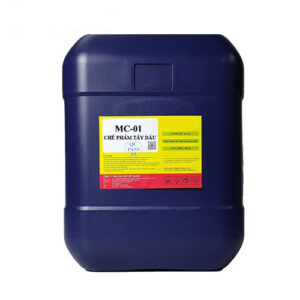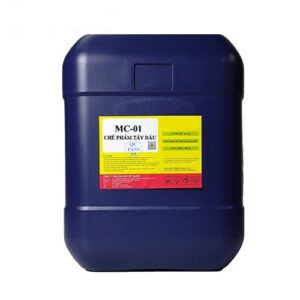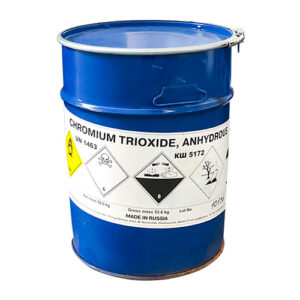Product name: Zinc phosphate
Other names: Zinc phosphate, Zinc phosphate crystals
Chemical formula: Zn3(PO4)2.12H2O
CAS: 7779-90-0
Content: 98%
Origin: China
Packing: 25kg/bag
Zinc phosphate, also known as zinc phosphate, has the chemical formula Zn3(PO4)2. This is an inorganic chemical compound used as an anti-corrosion coating on metal surfaces or as part of the electroplating process, used as a primer pigment.
What is the origin of Zinc phosphate?
Natural forms of Zinc Phosphate include the minerals Hopeite and Parahopeite, Zn3(PO4)2· 4H2O, and the related mineral Tarbuttite Zn2(PO4)(OH). Both are known from oxidized zones of Zn ore beds and are formed by the oxidation of sphalerite in the presence of phosphate-rich solutions.
The anhydrous form has not been found naturally.
Outstanding features and properties of zinc phosphate
Physical state
– In white crystalline form.
– In natural form, it exists in minerals, the anhydrous form has not been found in nature.
Molar mass: 386.11 g/mol
Density: 3.998 g/cm3
Melting point: 900⁰C (1170⁰K, 1650⁰F).
Solubility: Insoluble in water.
How to produce and prepare zinc phosphate?
Zinc phosphate is prepared by mixing zinc oxide and magnesium oxide powder with a liquid consisting of phosphoric acid, water, and a buffer solution. Zinc sulfate can also be reacted with sodium biphosphate.
Important applications of zinc phosphate chemicals in life and production
– Is a substance used to inhibit corrosion, reduce friction during machining, stamping…
– This chemical is widely used in dentistry.
– It is a substance widely used in the plating and powder coating industry, used to treat metal surfaces before processing.
– Also used to prevent corrosion on the surface of materials, especially metals.
– The product is also used in the textile dyeing industry and in the production of color dyes.
What should be noted when using zinc phosphate chemicals?
– Zinc phosphate is non-toxic but causes irritation when in direct contact with the product. Therefore, protective equipment must be used when in direct contact.
– Long-term exposure can potentially cause cancer. If swallowed, take to a medical facility immediately.
– This is a non-flammable chemical, insoluble in water, so preserving the product is not difficult. You should store them in dry, cool places away from direct sunlight to avoid deterioration.







Reviews
There are no reviews yet.